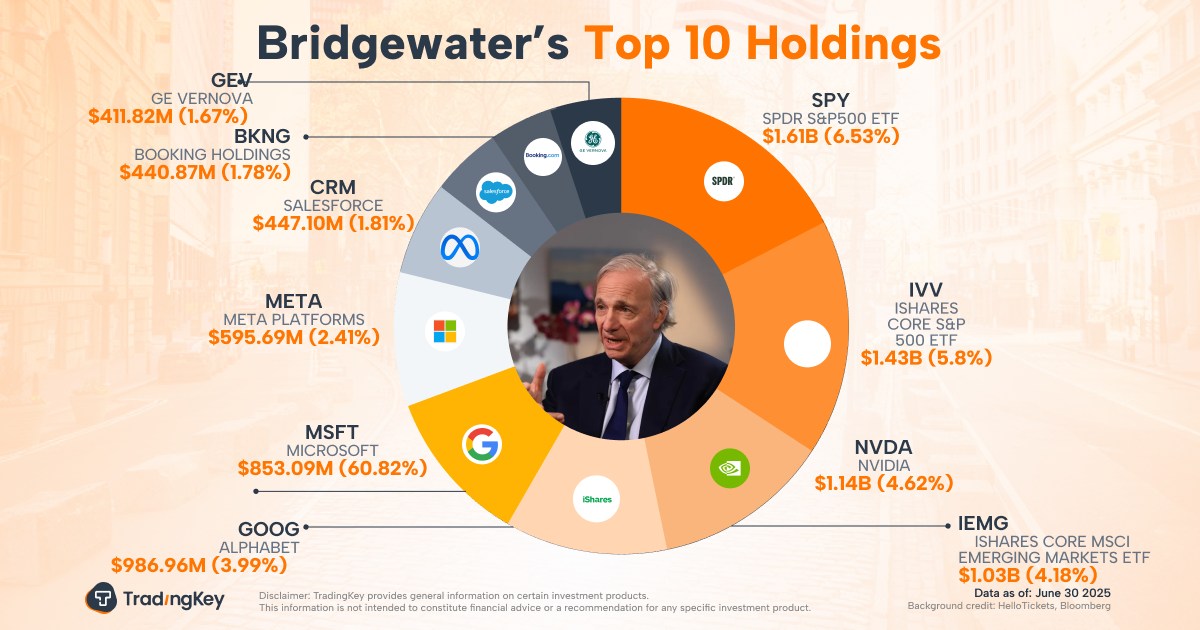Samsung gains on Apple in U.S. as foldable phones drive market share jump

Samsung is eating into Apple’s control of the U.S. smartphone market again, and this time, it’s folding phones doing the damage.
In Q2 of 2025, Apple’s U.S. market share dropped from 56% to 49%, while Samsung jumped from 23% to 31%, according to Canalys. For the first time in over a decade, Apple’s position looks shaky on its home turf, and it’s all about who’s pushing the next big screen.
This isn’t the first round. In 2014, Samsung sold big-screen phones while Apple dragged its feet, eventually catching up with the iPhone 6. That crushed it for Apple. But now the tables are turning. This time, Samsung isn’t just making bigger screens. It’s folding them in half, and Apple still hasn’t entered that space.
Foldables are everywhere as Apple stands still
In July, Samsung added three new models to its Galaxy lineup: the Z Fold 7, the Z Flip, and the thin Galaxy S25 Edge. The Fold 7 opens into a tablet. The Flip folds vertically like a flip phone from the 2000s. All three are already out, and they’re pushing numbers.
A viral video posted last month showed someone folding the Z Fold 7 more than 200,000 times on a livestream. One clip from that stream pulled over 15 million views on YouTube. Sprout Social tracked over 50,000 mentions of Samsung’s high-end phones in the past month. 83% of those were either neutral or positive.
Drew Blackard, VP of mobile product management at Samsung Electronics America, said, “There really are no longer trade-offs towards owning a foldable device.” Blackard also said the Z Fold 7 had 25% more preorders than any other Samsung foldable and is selling 50% faster than the previous model.
Pricing plays a big role. Apple’s most expensive phone, the iPhone 16 Pro Max, starts at $1,199 and maxes out at $1,599 for 1TB of storage. Samsung’s Z Fold 7 starts at $1,999 and goes up to $2,419. Samik Chatterjee, an analyst at JPMorgan Chase, expects Apple’s future foldable phone to start at $1,999.
Beyond foldables, Samsung is winning because it sells everything, from $650 models to premium $2,400 devices. Apple’s phone lineup is locked between $829 and $1,599. Canalys analyst Runar Bjorhovde said, “There is an idea that you can target people at every single price point, and you can meet them at every spot.”
Apple delays as tariffs and AI add pressure
Tariffs have also added fuel to the fire. Industry analysts say part of Samsung’s Q2 gains came from manufacturers adjusting to disruptions in trade policies. Apple hasn’t adapted the same way. Meanwhile, Samsung’s global sell-through rose 16% in Q2, helped by the premium models, especially the S25 Edge.
Apple, on the other hand, hasn’t changed its design since 2017. All four iPhone models still look like the same glass rectangle. That’s expected to change next month with the rumored 5.5mm iPhone Air, which Loop Capital’s John Donovan says Apple is “betting” on. But it’s not foldable. Chatterjee believes the first foldable iPhone won’t arrive until September 2026, possibly as part of the iPhone 18 line.
Foldables are also perfect for AI. Samsung phones get full access to Google’s Gemini model, which outperforms Siri in almost every way. Blackard said features like circle-to-search work better on foldables, allowing users to multitask across both displays.
Meanwhile, Apple’s next-gen Siri has been delayed until next year. That’s led to concerns about Apple falling behind in AI while companies like OpenAI move forward. In May, OpenAI spent $6.5 billion buying the startup from Apple’s former chief designer Jony Ive. That team is now building new hardware, wearables that ditch the screen entirely.
Apple isn’t in panic mode yet. Chatterjee said Apple’s usual strategy is to wait until a tech matures before jumping in. “It’s about being watchful, seeing a technology mature, knowing that there are no big roadblocks to that technology adoption, and then moving ahead.”
But that patience comes with risk. Investors have already punished Apple’s stock this year, dragging it down 7.5%. Only Tesla’s performance has been worse among major U.S. tech stocks. Samsung, meanwhile, is up 35% year-to-date.
The smartest crypto minds already read our newsletter. Want in? Join them.





